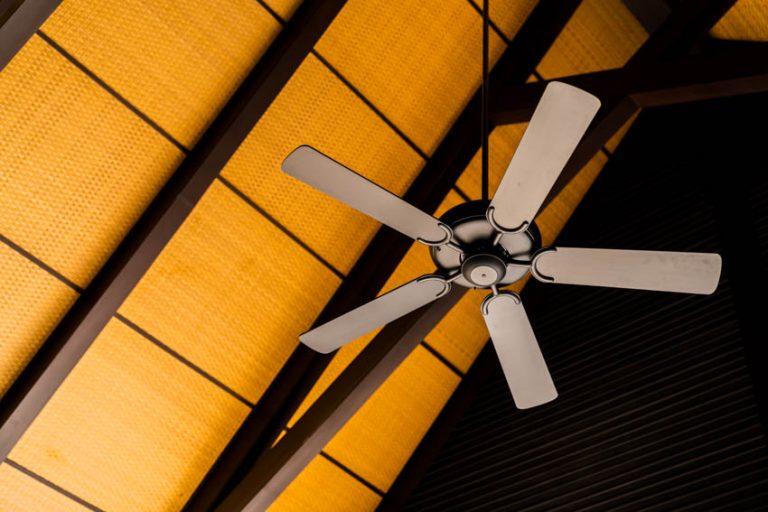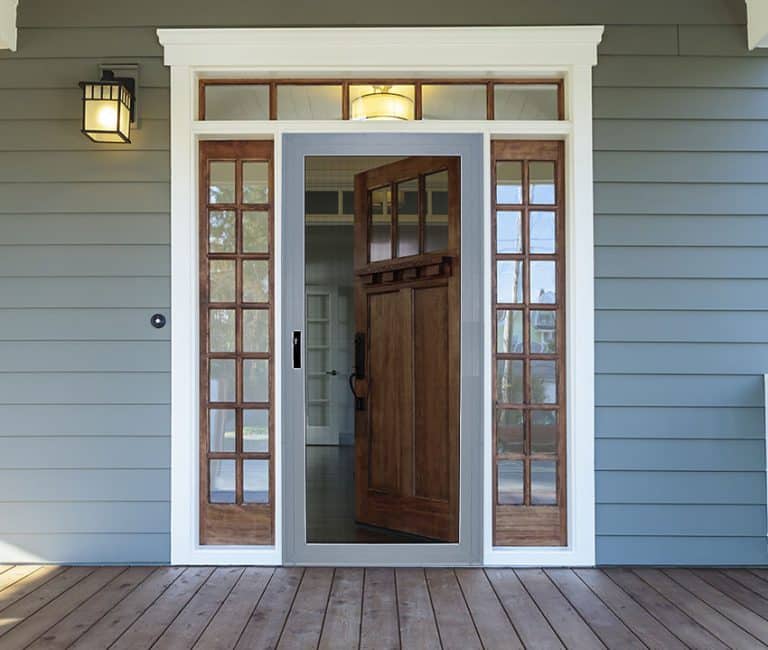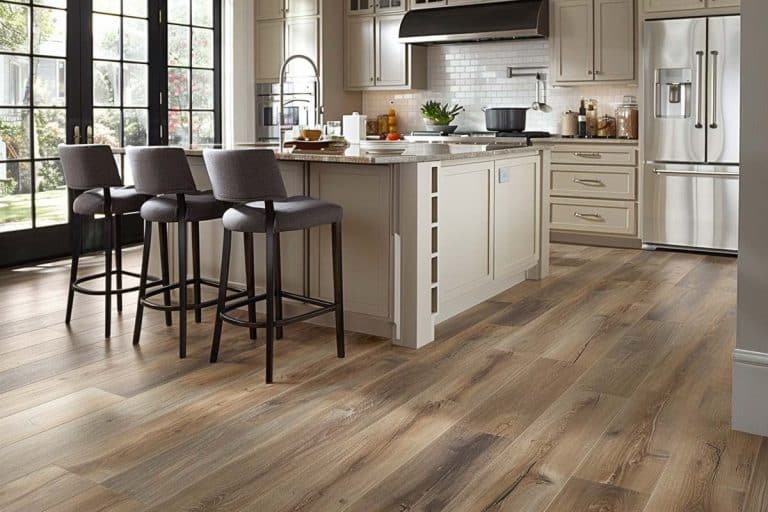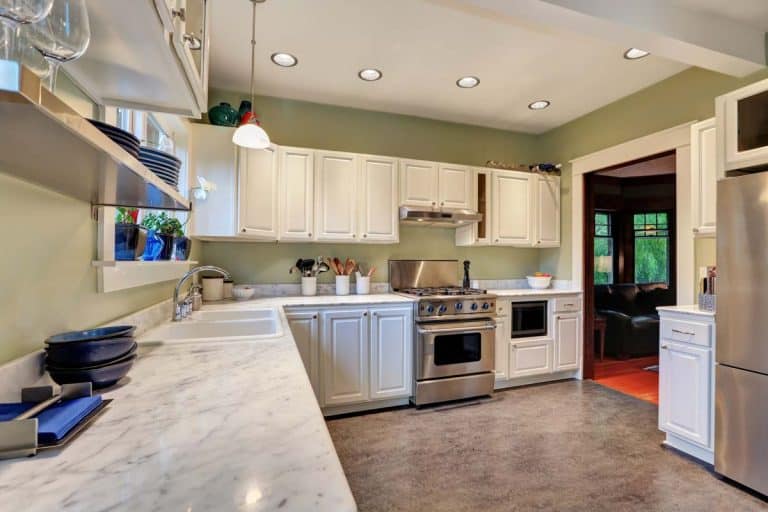11 Important Chest Freezer Mistakes to Avoid
Discover common pitfalls to avoid with our insightful guide on chest freezer mistakes. From placement blunders to organizational errors, learn how to sidestep issues that can impact efficiency and longevity.
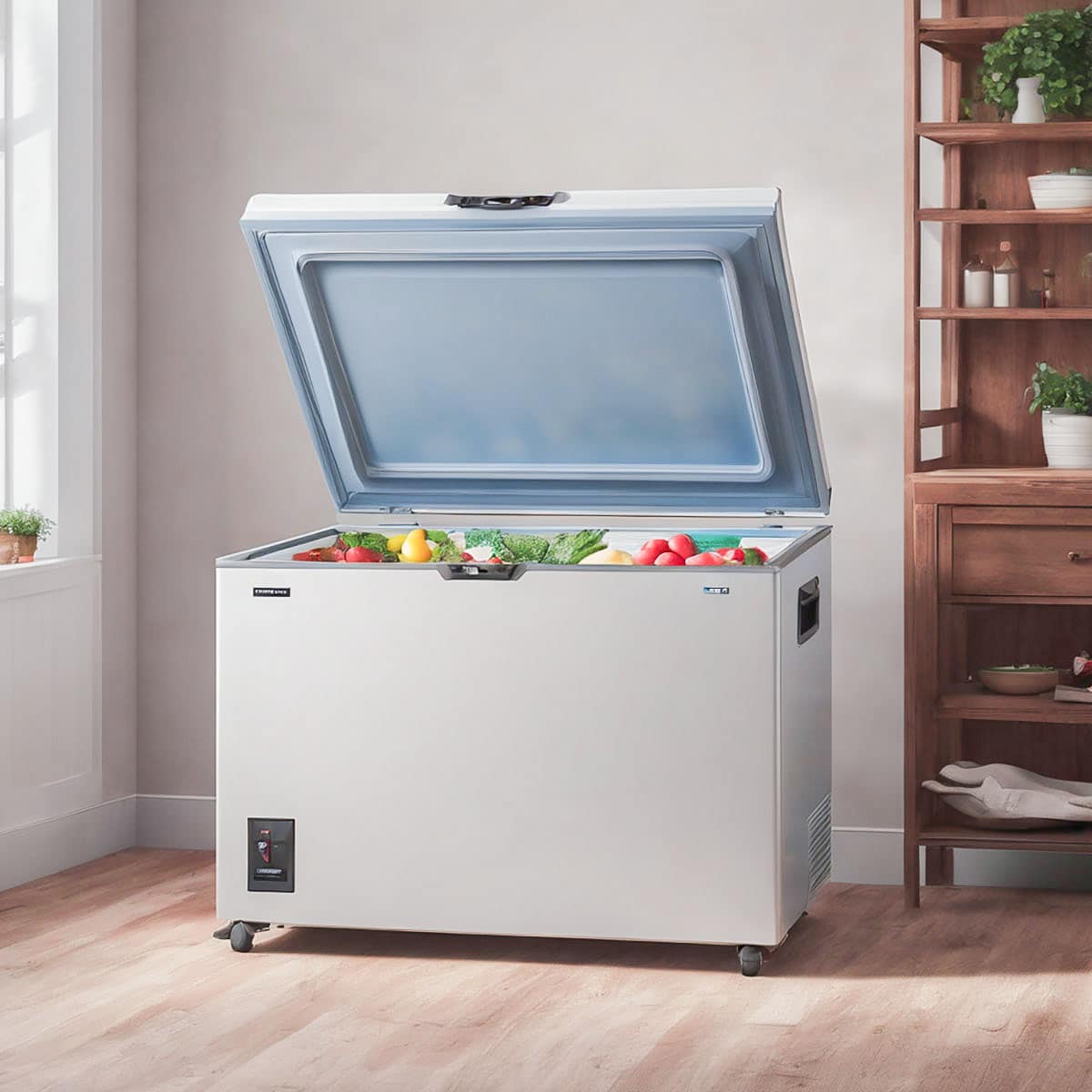
Mistakes to Avoid when Buying a Chest Freezer
Thinking of getting a chest freezer in your home? A chest freezer can be a welcome addition to any household, increasing its capacity to store food safely. However, when choosing to add a chest freezer to your home, there are mistakes that you need to avoid.
Chest freezers are bigger than regular freezers and can be more energy efficient. To maximize the benefits, take note of the following mistakes to avoid when buying a chest freezer.
Not Measuring your Space
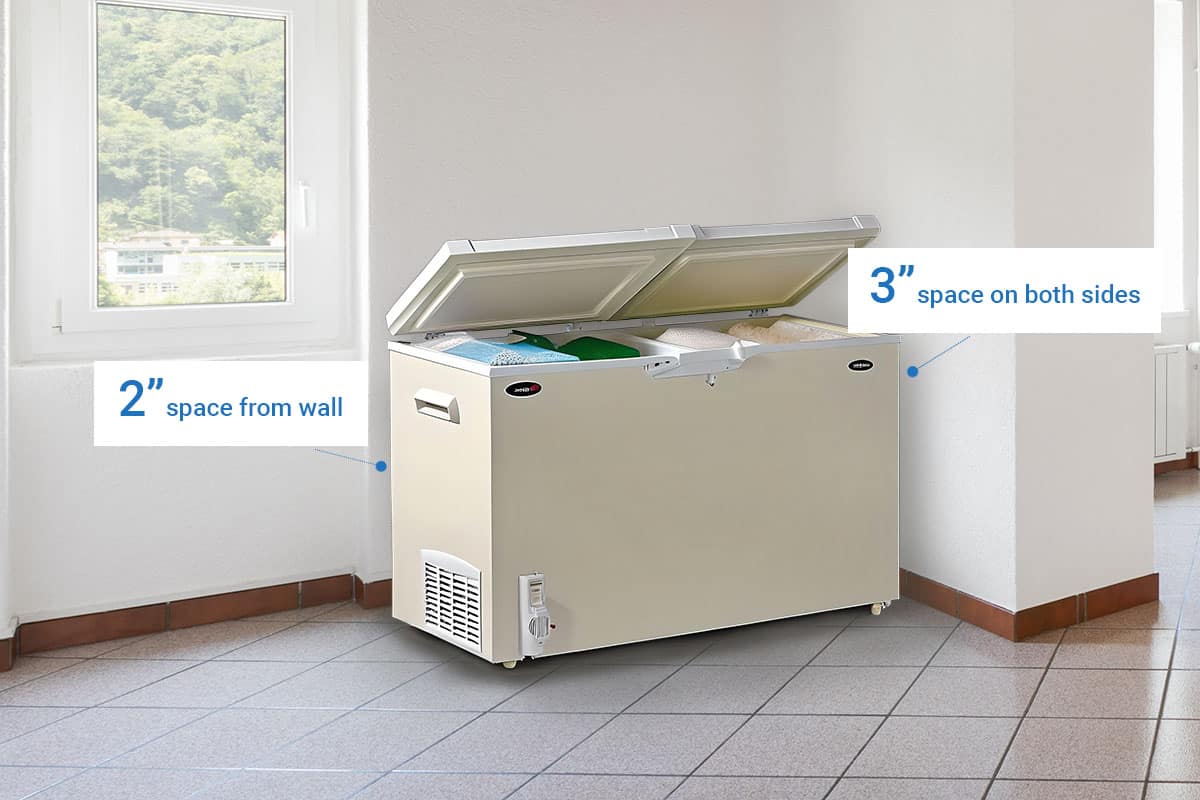
When buying any large appliance or piece of furniture for your home, one of the most important and basic things you need to do is measure your space. Where do you plan to place your chest freezer? Even before deciding on a brand, you need to decide on the freezer’s placement in your home. Then, you need to measure the area where the chest freezer will be placed to make sure that the unit you buy can fit the space.
Take not that, when allotting a space for your chest freezer, you don’t want a space that fits the freezer exactly, you will need to allow some air space between the freezer and the wall as well as any other appliances or fixtures that will be beside the chest freezer.
Ideally, there should be at least 3 inches of air space at the top and both sides of the freezer. You should also leave 2 inches between the back of the freezer and the wall. An average compact sized chest freezer is about 21-28 inches wide and 19-22 inches deep. If you account for air space, that means you need a space that is 24-31 inches wide and 22-25-inch-deep space for your freezer.
Misjudging Storage Size Needs

When looking at the storage size of a chest freezer, you need to consider how much food you plan to store in it. The best way to make sure that you don’t misjudge your storage size needs is to take into consideration how many people are in your household. When determining your chest freezer storage size needs, you should allot around 2.5 cubic feet of space for every person. One cubic foot of freezer space can hold around 35-40 lbs. of food, so that should be around 80lbs or more of food per person.
Small chest freezers usually have about 6 cubic feet of freezer space. This means they can store around 240 lbs. of food. This storage space size should suit a family of two or three people. Large chest freezers will have around 10.1-20 cubic feet of storage space, enough for around 350 lbs. of food. This should suit a family of around 4 or more.
Overlooking Energy Efficiency
As with any large appliance, a chest freezer will need a large, constant supply of energy to run. Because of this, it would be a mistake to overlook energy efficiency when choosing a chest freezer.
The good news is that chest freezers actually use considerably less electricity than upright freezers. Chest freezers use around 244 kilowatt hours of electricity per year, compared to upright freezers which use around 445.5 kilowatt hours of electricity per year.
Keep in mind that, the larger your freezer, the more energy it will need to run. This is another reason why you should make sure that you choose an appropriately sized freezer for your needs. It’s more energy efficient to have a freezer with just enough storage space, rather than one with a lot of extra storage space.
It is also a good idea to look for a chest freezer that is Energy Star rated; these freezers are around 10 percent more energy efficient than other freezers. An Energy Star rated chest freezer will use around 215 kilowatts of electricity and will cost about 430 per year to run.
Ignoring Features and Accessories
The price of a basic chest freezer may vary according to the features and accessories that it has. If you are on a budget, it might be tempting to just get the most basic chest freezer available, but it would be a mistake to ignore features and accessories.
We will be discussing some of the “extras” that you should consider getting for your chest freezer below.
Interior lighting is a handy feature that, unfortunately, not all chest freezers have. Many people don’t think that they need lighting in their chest freezer, reasoning that the room lighting should be enough.
However, interior lighting is a good organizational tool, making it easier for you to find what you need. The shorter search time will also help conserve energy, as it means that you can quickly open and shut the freezer lid minimizing the amount of cold air that escapes from your chest freezer.
For many people, the ideal location for their chest freezer is their garage. While there’s nothing wrong with placing a chest freezer in the garage, you should make sure that the chest freezer you choose is garage ready.
In general, garages can be subject to a wide array of temperature changes. This is especially true if you live in an area where you are subject to hot or cold temperature extremes. If you don’t have a climate-controlled garage, you need to make sure that you have a garage-ready chest freezer.
A garage-ready chest freezer is designed to maintain optimal interior temperatures, no matter how hot or cold the external temperature gets. A garage-ready freezer will have a stronger seal, to keep cold air in, and thicker insulation. It will also have a more powerful compressor, thermostats, and possibly a temperature alarm.
A temperature alarm is a good feature to look for in a chest freezer. A chest freezer temperature alarm will go off if the temperature in the freezer starts to get too warm and your frozen food is in danger of thawing and spoiling.
One important feature you might want to consider, especially if you have young children, is child safety locks. You want to avoid the possibility that your child might lift the lid of your chest freezer but not be able to close it properly. This will let the cold air out and could result in spoilage. It will also waste electricity.
A chest freezer without a child safety lock is a huge risk. Without a safety look, a child can lift the lid of a freezer and accidentally fall in. The heavy lids of chest freezers are almost impossible to open from the inside. The insulation of the freezer also muffles sounds. These two factors could lead to a child becoming trapped inside a chest freezer and possibly suffocating.
Failing to Consider Accessibility
Getting a chest freezer for extra food storage sounds like a great idea all around, but you need to consider accessibility. Failing to consider accessibility can cause problems for some members of your household in the long run.
Since chest freezers require you to lift a lid and reach inside, they might not be suitable for people with bad backs or mobility issues. Short people might also have a hard time bending over to reach items at the bottom of the freezer.
As discussed above, chest freezers can be a safety hazard for young children. As such, you should also consider limiting the accessibility of your chest freezer to just adults with the use of a child safety lock.
Disregarding Noise Level
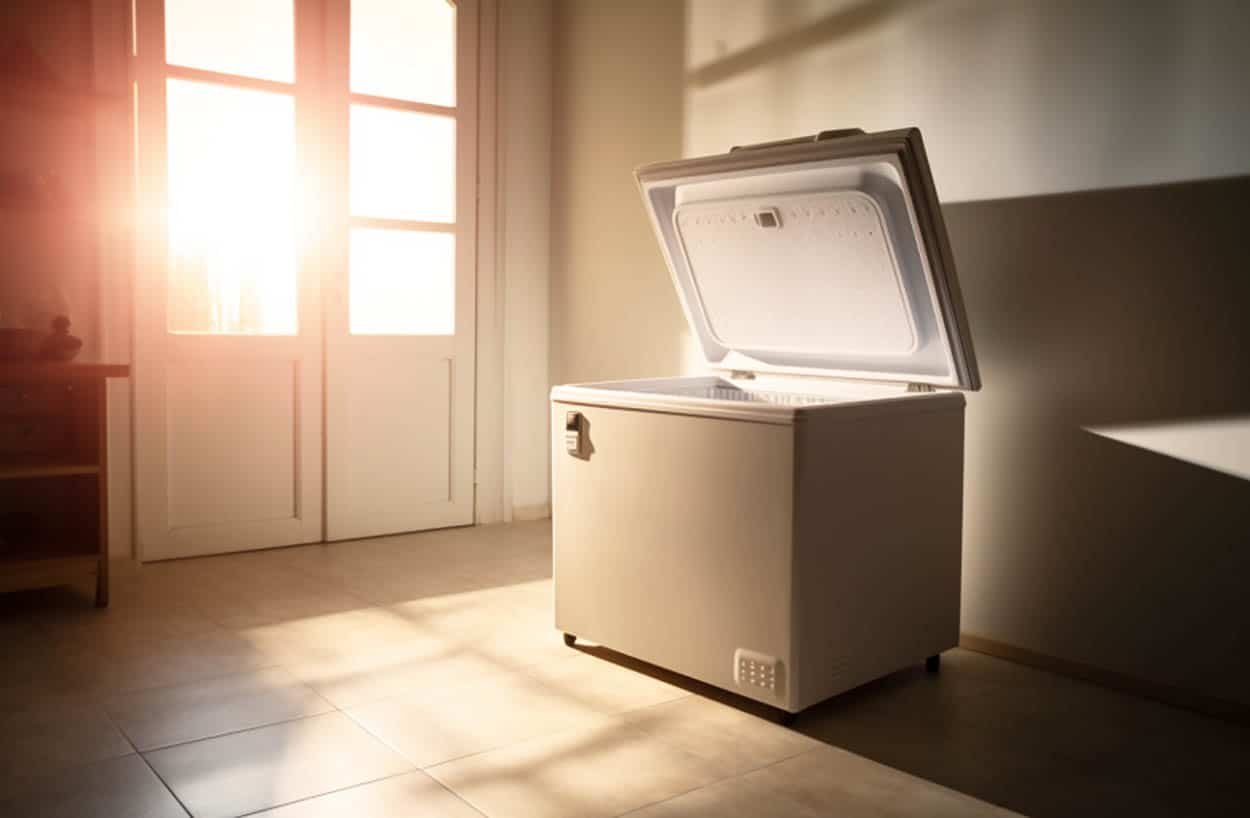
A chest freezer has a powerful, high-speed compressor. This means that you may hear some noise from the freezer as it operates.
While a chest freezer is not comparably noisier than an upright freezer, you might want to consider the noise level when deciding where to place your freezer.
For example, if you want your garage to also serve as a recreation center, you might want to place your chest freezer in an out-of-the-way corner where the noise will not bother people.
Choosing the Wrong Temperature Range
Choosing the wrong temperature range is a costly mistake that some people make when choosing a chest freezer. In general, in order for any type of freezer to store frozen good properly, it must be set to the correct temperature.
According to the U.S. Food and Drug Administration, keeping foods chilled at proper temperatures is essential to slow the growth of bacteria that can cause foodborne illnesses. They recommend that you keep your freezer temperature at 0° and your refrigerator’s at or below 40° F (4° C).
Make sure that, whatever size or type of chest freezer you get, you can set it so that it can keep your food at the proper temperature. If you are planning to place your chest freezer in an out of the way place, such as a garage, it’s also a good idea to get one with a temperature alarm.
Not Comparing Prices
The cost of a new chest freezer can be as low as $300 to as high as around $1,000 depending on the size and features of the freezer. You want to compare prices and shop around to ensure that you get the best chest freezer for your budget.
When comparing prices of chest freezers, consider the size and features that you want. Make sure that the units you consider are right for you, your space, and your household needs. It would be a waste, for example, of energy and space to get an extra-large freezer for a small family.
You should also compare the prices of chest freezers at different times of the year. Keep an eye on the calendar to try and determine when appliance stores go on sale. You might be able to get a better price or bigger discount on your chest freezer if you buy one on a holiday like Labor Day or Black Friday.
You can also consider buying a chest freezer that has “cosmetic defects”. These are chest freezers that have a few scratches or dents on the outside. These defects usually don’t affect how the freezer works and many retailers will offer a discount of as high as 15% for a scratched or dented chest freezer.
Neglecting Future Running Costs
When choosing a chest freezer, you must not neglect future running costs. Though a chest freezer is a little more energy efficient than an upright freezer, if you are not using it properly then the future running costs will not be worth it.
You need to seriously consider if your lifestyle and your food storage needs justify the running costs of having a chest freezer in your home.
The best way to ensure that a chest freezer’s running costs are worth it is to make sure that you get a unit who’s storage space matches your needs.
The bigger the freezer, the more power it will require and the higher the overall impact to your electric bill. Also, the more food that’s placed in the freezer the harder it will work to keep the food cold.
Buying A Brand With Bad Reviews
When shopping for a chest freezer, Consumer Reports advises sticking with well-known, reliable brands that offer durability. Popular options include Frigidaire, GE, Haier, Kenmore, Maytag, and Whirlpool. Before making a purchase, compare different models within your budget to find the best fit.
Checking customer reviews can provide insight into real-world performance and satisfaction. Key aspects to evaluate are storage capacity, energy efficiency, warranty coverage, and ease of use. Settling on a reputable brand known for quality chest freezers will provide long-lasting freezing power for your home.
Skimping on Warranty and Service
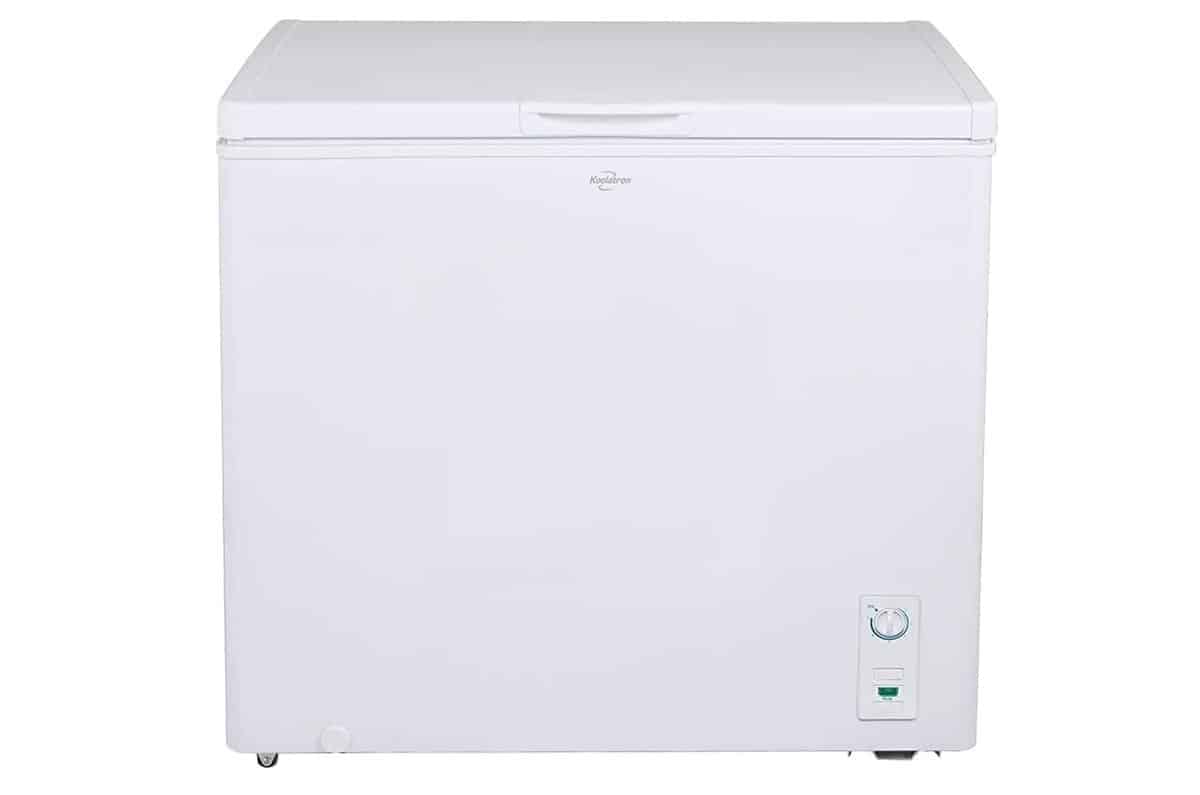
A good chest freezer typically has a longer lifespan than a regular upright freezer, but in order to ensure its longevity, you need to properly maintain your chest freezer. Do not make the mistake of skimping on warranty and service.
A chest freezer will typically last around 15 to 20 years, most manufacturers only offer one-year warranties on freezers, but you should check if there are a few other longer clauses that you can get such as for parts.
Every six months or so, you should remove everything from your freezer and deep clean the interior with dish soap and water. You should also regularly inspect the door seals to make sure there are no air leaks.
To maintain your chest freezer, you need to defrost it at least once a year. You should also clean the condenser annually or as specified in your owner manual. You may either do this yourself or call your manufacturer an get it professionally serviced.
A chest freezer can help you save time and money. providing you with a safe and spacious space to store food in bulk. Just make sure that you avoid these mistakes some people make when buying a chest freezer, to ensure that you get the maximum amount of use from your new purchase.

